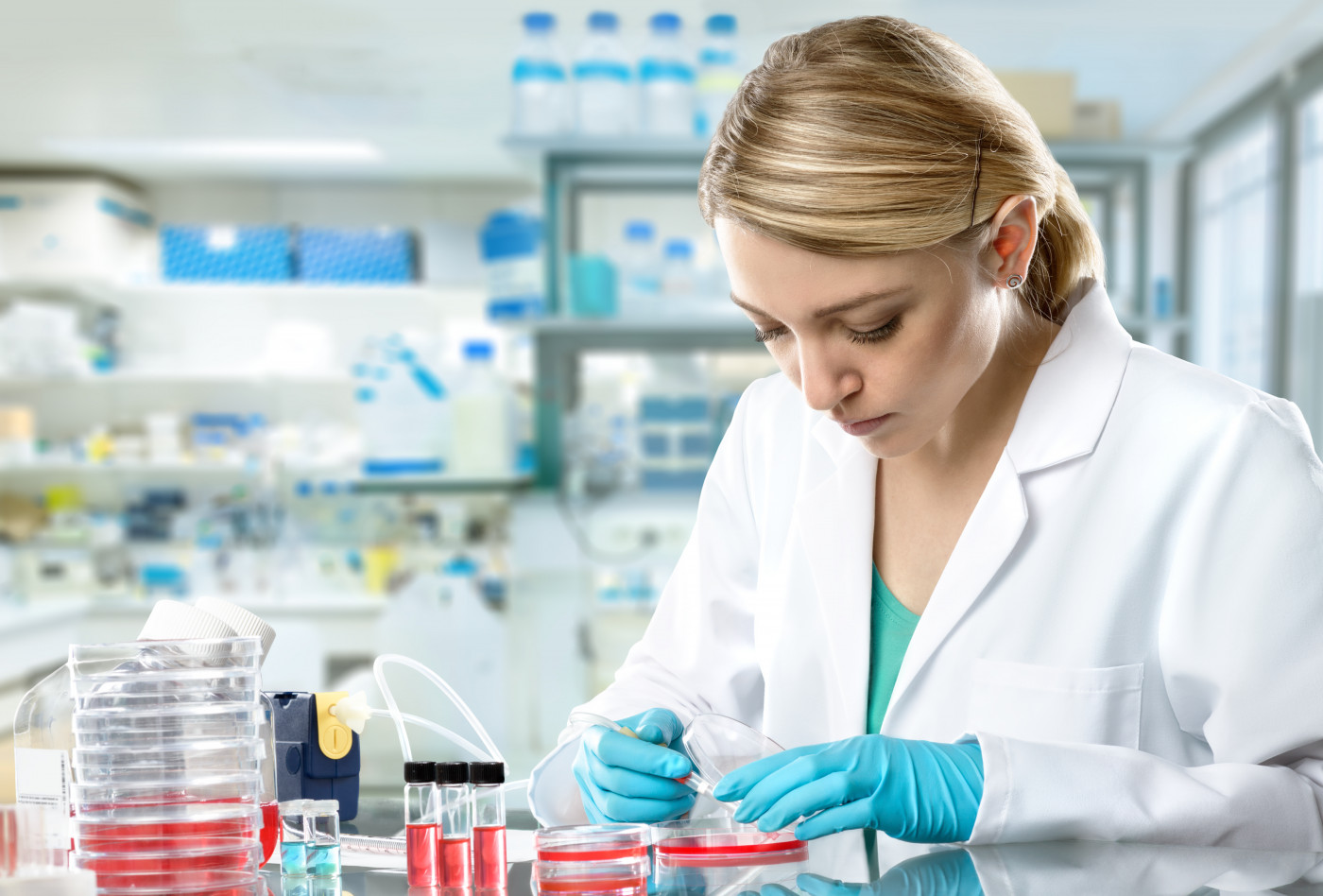Stem Cells From MPSIIIA Patient Provide Potentially Useful Tool for Disease Modeling and Therapy
Written by |

For the first time, researchers have created and validated two lines of stem cells derived from the skin cells of a patient with mucoplysaccharydosis IIIA (MPSIIIA), the most severe form of Sanfilippo syndrome.
According to the scientists, these patient-derived stem cells could be a useful tool not only to study the disease in vitro, but also to develop new cell therapies.
Their findings were published in the study, “Generation of two induced pluripotent stem cells lines from Mucopolysaccharydosis IIIA patient: IMEDEAi004-A and IMEDEAi004-B,” in Stem Cell Research.
Sanfilippo syndrome, also known as MPS III, is a lysosomal storage disorder caused by mutations in the SGSH gene, which provides instructions for the production of an enzyme called sulfamidase. This enzyme is responsible for breaking down large sugar molecules called heparan sulfate (HS).
Sulfamidase deficiency causes HS buildup inside lysosomes — the cell compartments responsible for digesting and recycling substances — progressively damaging cells, tissues and several organs in the body.
MPSIIIA, one of the four subtypes of Sanfilippo syndrome, is the most prevalent and severe form of the disease, where patients often eventually become fully bedridden in a vegetative state due to gradual cognitive neurodegeneration.
Now, for the first time, researchers have created two different lines of induced pluripotent stem cells (iPSCs) derived from skin fibroblasts of a patient with MPSIIIA. This patient carried two distinct genetic mutations, one on each copy of the SGSH gene, that would be lethal when present in both gene copies. iPSCs are fully mature cells that are genetically reprogrammed back to a stem cell state, where they are able to grow into almost any type of cell.
Both iPSC lines — IMEDEAi004-A and IMEDEAi004-B — were obtained by genetically inducing the expression of specific genes involved in the maintenance of a “stem cell state,” including OCT3/4, SOX2, KLF4, L-Myc, LIN28, and BCL-xL. Gene expression is the process by which information in a gene is synthesized to create a working product, like a protein.
To increase the efficiency of genetic reprogramming, the investigators also silenced the expression of p53, a well-known tumor suppressor gene.
Subsequent analyses revealed both iPSC lines contained the patient’s SGSH mutations, had a normal morphology and karyotype (number and structure of chromosomes), expressed stem cell markers when cultured in a lab dish, and were able to give rise to different cell types.
“Although the generation of iPSCs as cellular tool has been reported for some lysosomal storage diseases (LSD), this is the first time that MPSIIIA-iPSCs lines have been generated and fully characterized demonstrating their quality as iPS cells. IMEDEAi004-A and IMEDEAi004-B could be useful in disease modelling and cell therapy studies,” the researchers concluded.




